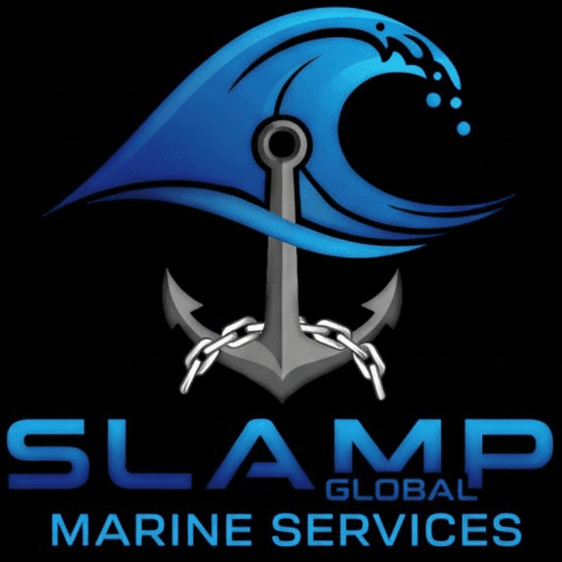Understanding the Essentials of Barges and Tugs Chartering: A Comprehensive Guide
SG
Introduction to Barges and Tugs Chartering
Chartering barges and tugs plays a crucial role in the maritime industry, facilitating the efficient transportation of goods and materials across waterways. Whether it's for transporting bulk cargo, heavy equipment, or facilitating construction operations, understanding the essentials of chartering these vessels is fundamental for businesses involved in maritime logistics.

What Are Barges and Tugs?
Barges are flat-bottomed vessels designed for transporting heavy loads. They lack self-propulsion, making them dependent on external forces for movement. Tugs, on the other hand, are powerful boats used to maneuver barges. They play a pivotal role in guiding and towing barges to their destinations, ensuring safe and efficient navigation.
Types of Barges
Barges come in various types to suit different purposes:
- Deck Barges: Flat surfaces ideal for transporting large equipment and materials.
- Hopper Barges: Equipped with hoppers to carry bulk commodities like coal or grain.
- Tank Barges: Designed to transport liquids such as oil or chemicals.

The Chartering Process
The process of chartering involves several steps, from identifying the type of barge or tug needed to negotiating terms with shipping companies. Understanding the chartering process is essential for ensuring operations run smoothly and cost-effectively. Businesses must consider factors such as the nature of the cargo, distance, and any specific requirements related to the voyage.
Types of Charter Agreements
There are different types of charter agreements, each with its own set of terms and conditions:
- Time Charter: The vessel is hired for a specific period.
- Voyage Charter: The hire is for a particular voyage.
- Bareboat Charter: The charterer takes full control of the vessel, including crew and operation.

Key Considerations in Chartering
When chartering barges and tugs, several key considerations must be kept in mind. These include the legal aspects of the charter contract, such as liability and insurance, as well as the logistical challenges of coordinating operations between multiple parties. Understanding these factors can help avoid potential pitfalls and ensure successful maritime transport operations.
Cost Implications
The cost of chartering varies based on several factors, including the type of vessel, duration of hire, and distance of travel. It's crucial for businesses to conduct a thorough cost analysis to determine the most economical options. Negotiating favorable terms can also significantly impact overall expenses.

Conclusion
Understanding the essentials of barges and tugs chartering is vital for businesses involved in maritime logistics. By familiarizing themselves with the types of vessels, charter agreements, and key considerations, companies can optimize their operations, reduce costs, and ensure the safe and efficient transportation of goods across waterways.
